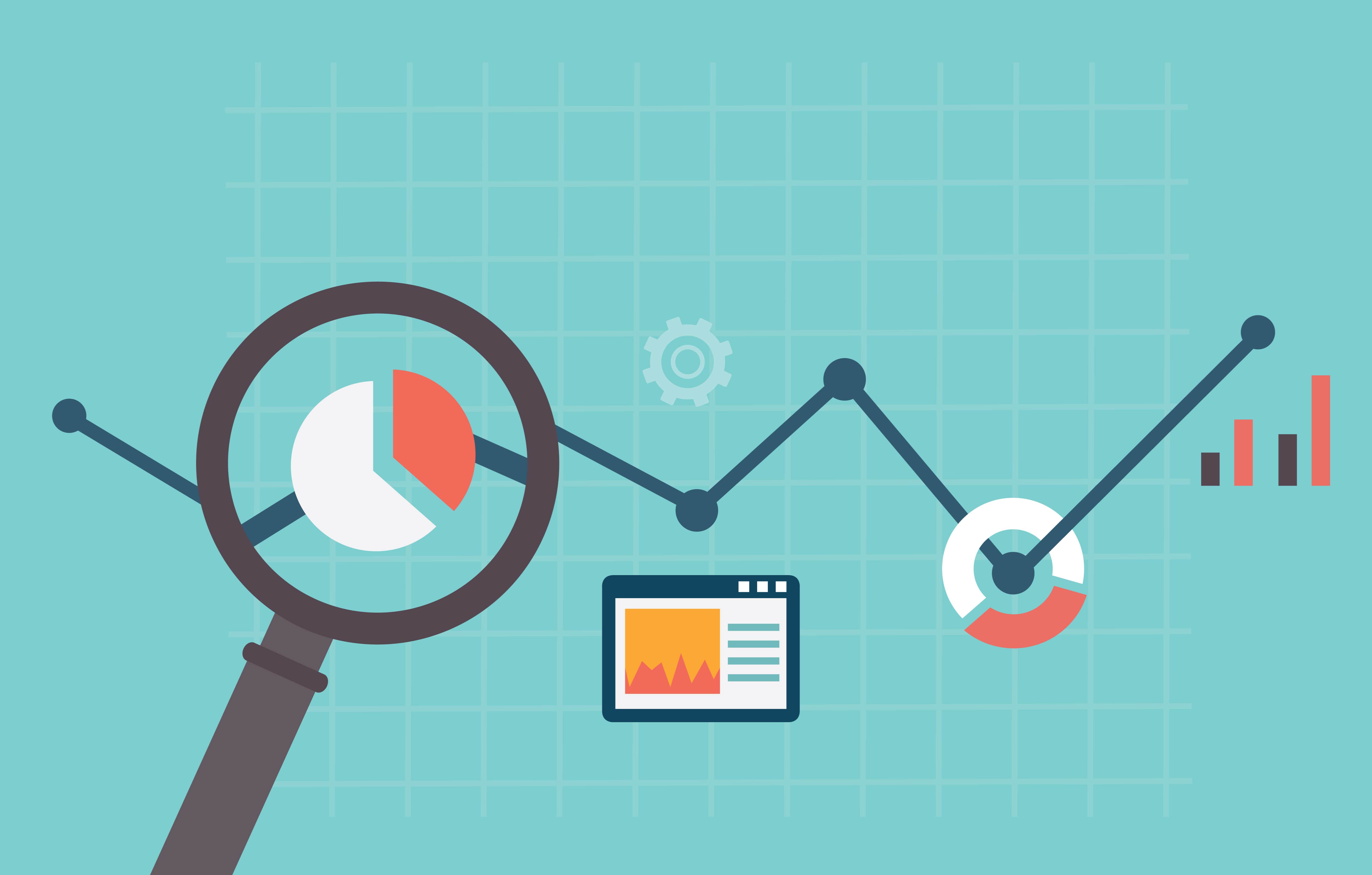What kind of sales can you expect in the upcoming quarter? Is the consumer likely to be impressed by your new design range? Should you be focusing more on social media marketing or should the campaigns be more broad based? Does it make sense to stock up on the product before the festive season?

These are probably just a few of the many questions coming to the ecommerce entrepreneur’s mind. The future’s uncertain and we don’t know what lies ahead….
But there is hope, as we can manage to minimize uncertainty by making informed decisions based on available data and insights using trends and patterns.
A trend is defined as the general direction of movement of a variable over a period of time. A pattern on the other hand, is a set of data that follows a recognizable form. Analysts work on identifying such trends and patterns and then attempt to find the same in the current data. This helps them to predict and forecast what is likely to happen next.

Descriptive and diagnostic data is easily available on most ecommerce platforms including Shopmatic. Moreover, visual representation of such data through charts and graphs on a dashboard makes it easy for businesses to spot and identify many trends and patterns in consumer behaviour. As an online merchant yourself, you can use such knowledge effectively to take the right steps and plan to reach their business goals
Patterns that you could look out for
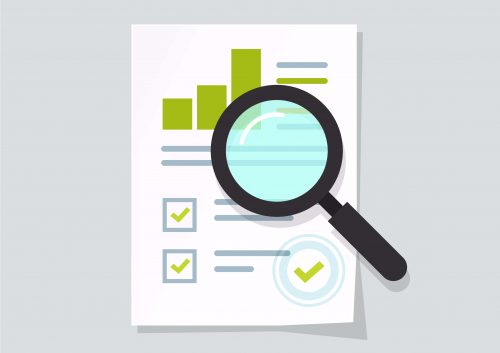
The digital footprint left behind by browsers and visitors to your website can offer a wealth of information to the entrepreneur. This knowledge comes in very handy when understanding customer behaviour and planning new product launches. It is also useful in planning the right marketing strategy and setting sales and revenue targets for your business. You can also gain clarity on what is contributing to your success or conversely, what is pulling you down.
Seasonal trends
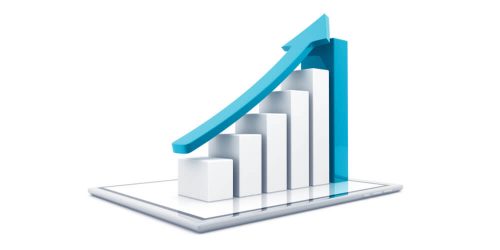
Did sales of your cakes and cookies pick up over the holiday season or did it actually see a dip with many of your regulars away on holiday? Do people tend to stock up on gifts from your jewellery store before the festive season?
A closer look at sales and revenue numbers along with segmentation data will throw up seasonal patterns in the data. This should be studied over a couple of years at least to make sure that the trend that you observe is a pattern that is repeating and not just an aberration.
Geographical trends
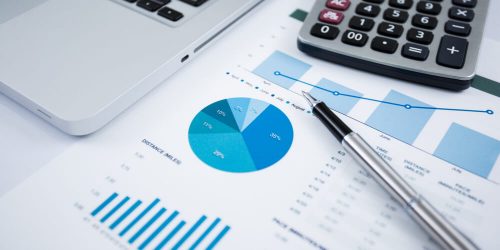
The marketing campaign budget had been spent evenly over all territories and the message targeted to customers on both sides of the causeway. But has the impact been even?
Where are your revenue generating customers mostly coming from?
This knowledge is critical as it can help in formulating and designing your future campaigns and associated growth plans.
Demographic trends

Last season, your online store introduced handmade scarves, bags and cushion covers printed with organic dyes that come in eco friendly packaging. Sales have been brisk ever since the launch and surely you would want to see this trend continue.
But who is actually buying this product? What is the gender and average age of the visitors buying from your website?
Understanding the profile of the buyers is extremely important as it will allow you to better serve their needs and enhance overall customer satisfaction.
Buying trends

Understanding the buying patterns and average budget of your customers can lend precious insight on your future marketing and merchandising plans.
How often do customers buy the organic herbal face cleanser and the moisturiser together or each on its own? Does it make sense to bundle the two products together (at a small discount) and increase the average order value of each transaction?
Are the silver necklace and earring sets paired together selling better than the individual items?
These are just some examples of the trends and patterns that you could look out for as they can be wisely used to serve customers better and also improve productivity and the operational efficiency of your business.
How such Insights can help

Information gathered by analysing the various trends and patterns (discussed above) can be incorporated in decision making in a wide range of areas. Apart from taking advantage of a promising trend, such analysis can often reveal what actions to take to eliminate a potential problem.
Sales and Revenue
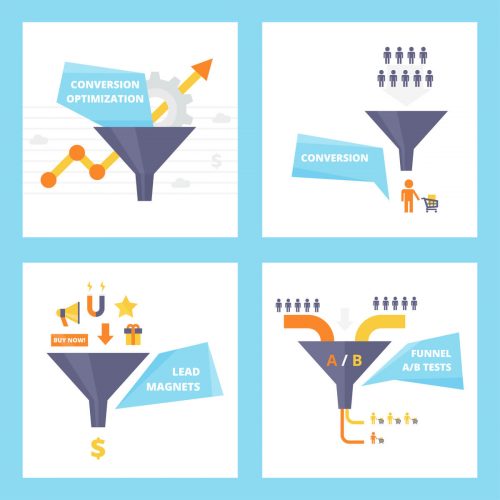
Revenue and Sales data can be effectively used to make informed decisions regarding the pricing of your products. A decreasing revenue trend is a reason to introspect. It might call for adjustments to prices and perhaps improve marketing, unless you decide to discontinue the product altogether. On the other hand, a rising trend of the sales graph is a call for you to build up on your stocks.
Such data (segmented and overall numbers) also provides many insights into the performance of a specific product or geography. This enables merchants to sell more interactively by quickly identifying those areas where sales could be anticipated.
Knowing what and when to keep in stock

An “out of stock” situation is totally undesirable and it is important to have the right products in stock. Sales patterns revealing product preferences along with data on Inventory can help identify and analyze trends and make smart predictions for the future. Having more insights on what is catching the eye of the customer can be a huge help in proper inventory management and avoid blocking funds on unnecessary stockpiles.
If you can spot seasonality in sales data over the past few years, this can be a good indicator of what’s coming up next. A rise in orders over the holiday season can then be better planned and managed.
Know what to advertise and where

Information and knowledge about your customer profile is key to maximising the impact of your marketing and promotional campaigns.
For eg. If your customers are mostly millennials then you can’t avoid social media channels like Instagram and Facebook. Communicating the right message and active engagement with them on social media can strengthen brand loyalty, help influence prospective customers and grow the business.
What to offer at checkout?
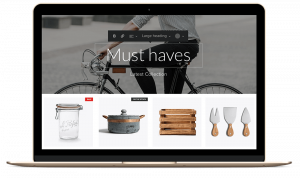
Based on past buying patterns, it often pays to make suggestions about other items before the customer is ready to pay and checkout. It could be something complimentary- a matching purse with the scarf that she has bought or even something like a refill (at a discount) for the moisturiser that she has just bought.
Gestures like proposing a small donation for a social cause and you offering a discount on the next purchase are some smart policies that find favour with many online shoppers.
Being aware of the buyer’s needs not only helps provide better service and enhance the overall customer experience at the store but also provides valuable insights for your future product developments.
In Conclusion

While planning for the future, every ecommerce retailer wishes they had more knowledge on what lies ahead. They seek clarity on many questions regarding who, what, why and when in all areas of business and operation that need to be answered as they move forward.
Easy availability of data can help businesses identify and explore patterns and trends. Smart usage of this information for forecasting and planning for the future can help them in becoming more efficient, thereby increasing productivity and growing revenues.


